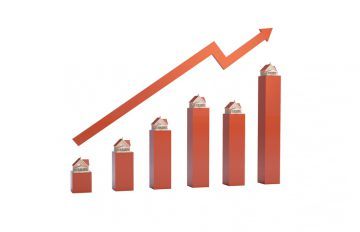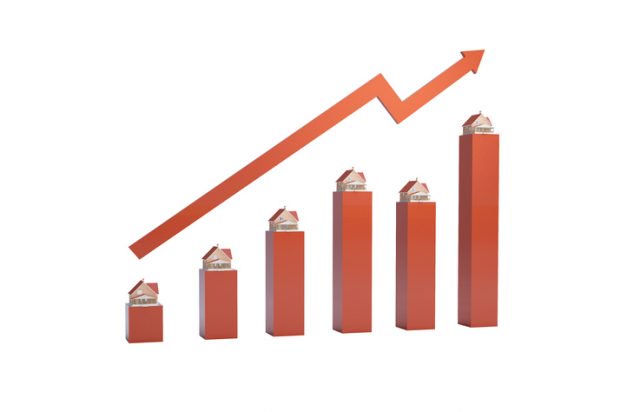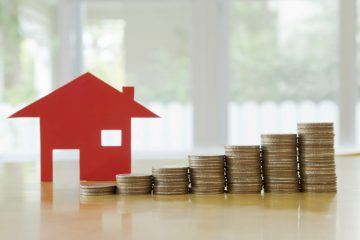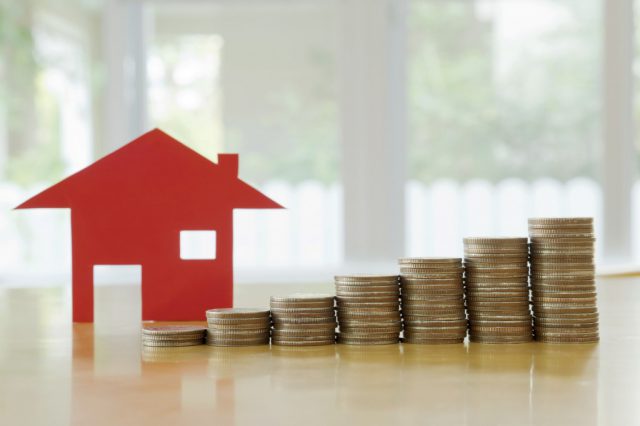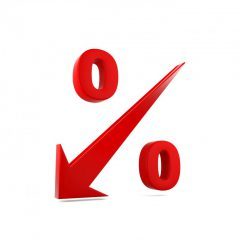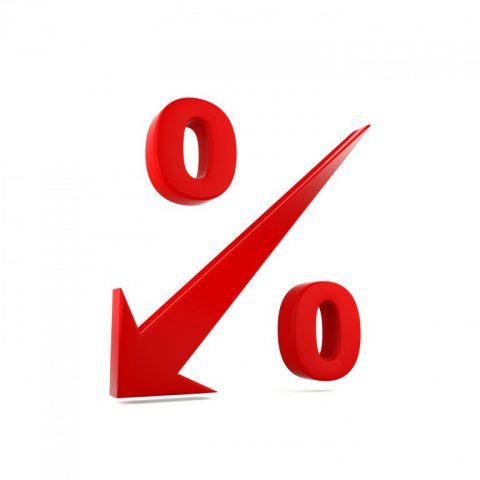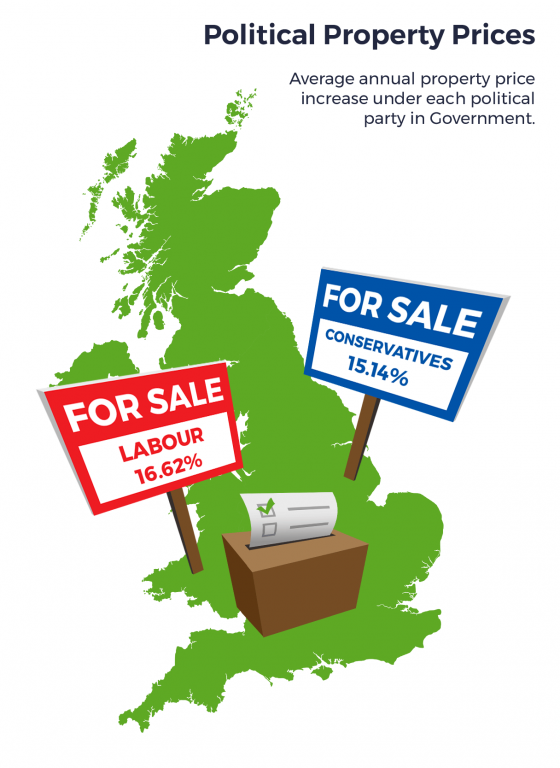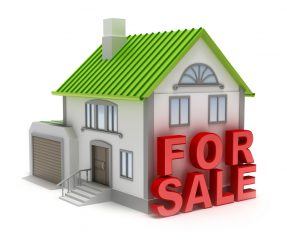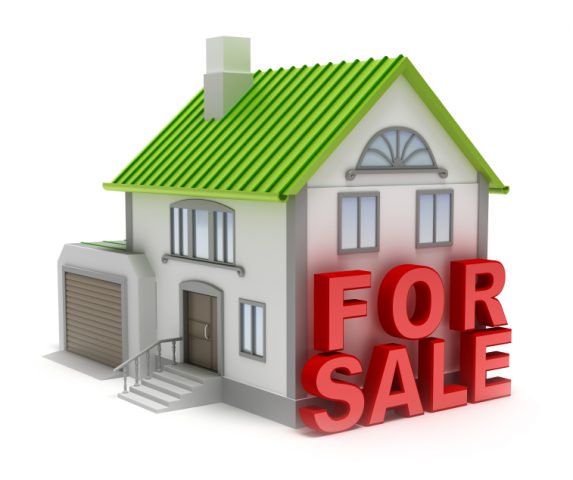Annual House Price Growth Eased to 2.6% in June
Annual house price growth eased to 2.6% in June, according to the latest House Price Index from Halifax.
This is down from the 3.3% annual rate of growth recorded in May, and is the lowest year-on-year increase since May 2013 (2.6%). The annual rate has dropped from a recent peak of 10.0% in March 2016.
On a quarterly basis, average house prices in the past three months (April to June) were 0.1% lower than the previous quarter (January to March). This was the third successive quarterly fall – the first time this has happened since November 2012.
Month-on-month, house prices dropped by an average of 1.0% between May and June – the first monthly decrease since January (-1.1%).
Nationally, house prices in June were 9.0% above their August 2007 peak. The current average house price of £218,390 is £63,727 (41.0%) higher than its low point of £154,663 in April 2009.
First time buyers
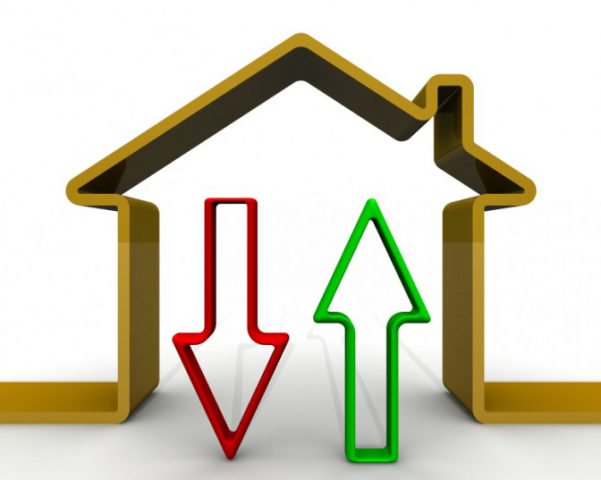
Annual House Price Growth Eased to 2.6% in June
The number of first time buyers entering the market reached an estimated 162,704 in the first half of 2017 – just 15% below the peak recorded in 2006 (190,900).
The number of new buyers is up from 154,200 in the same period of 2016 and more than double the market low seen in the first half of 2009 (72,700).
This is the third time in four years that first time buyer numbers have exceeded 150,000 – the first time since 2007. 47% of all house purchases financed by a mortgage were made by first time buyers, found Halifax, compared with 36% a decade earlier.
Home sales
UK home sales edged down by 3.0% between April and May, to 100,170. However, sales have exceeded 100,000 in five consecutive months for the first time since March 2016.
Overall, sales in the three months to May were 1.0% higher than in the preceding three months.
Mortgage approvals
The volume of mortgage approvals for home purchases – a leading indicator of completed sales – rose by 0.2% between April and May, to 65,200. This is the first increase recorded since January, having dropped between February and April.
Approvals have remained in a narrow range between 65,200 and 68,600 per month over the last eight months, suggesting that home sales are likely to remain steady over the coming months.
Although employment levels continue to rise, household finances are coming under pressure, as inflation stands higher than wage growth. This development is likely to have weakened market activity, believes Halifax.
Housing supply
The supply of homes for sale remains very low. New instructions for home sales fell for the 15th consecutive month in May, while the average stock levels on estate agents’ books are now at an all-time low.
The Housing Economist at Halifax, Martin Ellis, comments on the index: “House prices have flattened over the past three months. Overall, prices in the three months to June were marginally lower than in the preceding three months. The annual rate of growth has fallen to 2.6%; the lowest rate since May 2013.
“Although employment levels continue to rise, household finances face increasing pressure as consumer prices grow faster than wages. This, combined the new Stamp Duty on buy-to-let and second homes in 2016, appears to have weakened housing demand in recent months.”
He adds: “A continued low mortgage rate environment, combined with an ongoing acute shortage of properties for sale, should help continue to underpin house prices over the coming months.”
The Founder and CEO of eMoov.co.uk, Russell Quirk, also says: “Contrasting figures from Halifax, after Nationwide reported signs of a pulse returning to the UK property market, but given both sets of numbers, it would seem reports of a market demise have clearly been exaggerated.
“Despite the recent claims the market is due to see a notable crash with prices falling by as much as 40%, this remains very unlikely. The market is not dead or running on the life support of easily obtained credit, and has suffered more of a grazed knee than a fatal injury.
“A momentary blip is certainly not substantial enough to label as a trend, and those that have are doing so prematurely. Resilient levels of buyer demand, heightened by a paltry supply of stock and coupled with historically low-interest rates, will continue to fuel house price growth in the medium and long term.”
